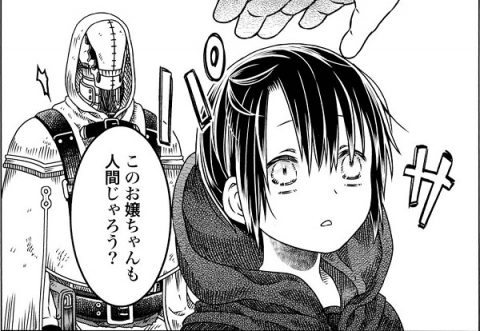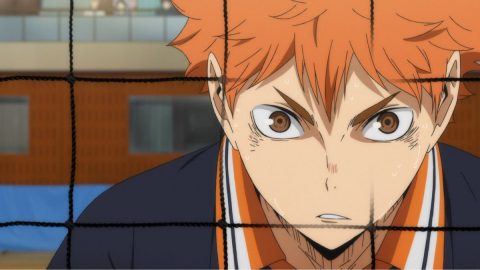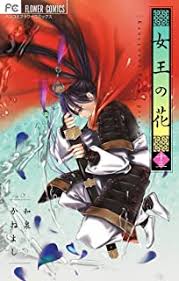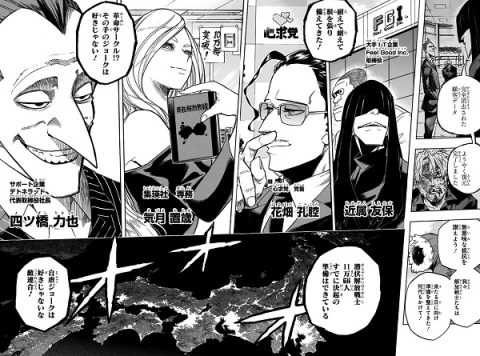In modern times, "demons", "yokai", "ayakashi", and "shikigami" appear in various fictional works, such as "Yokai Watch", in which you make friends with the youkai lurking in your daily life and progress through the story, and "Demon Slayer: Kimetsu no Yaiba", in which you fight demons as a member of the Demon Slayer Corps to return your sister, who has been turned into a demon, to her original form. These are often loosely treated as "monsters" these days, and few people understand the differences between them, but in fact, each one has a different origin, and if you look closely, they are completely different. In particular, in this work, "Ayashiki Triangle", there are many characters with attributes other than "ayashiki", and their positions and characteristics in the work are slightly different. So, this time, I would like to introduce the attributes that appear in various works, using "Ayashiki Triangle", which features characters with various attributes, as a subject. I will also introduce the setting of this work in more detail, so if you are interested in this work, please check it out!
Various "attributes" that appear
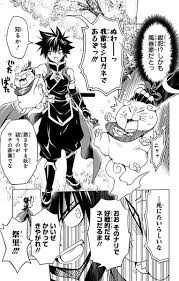
As mentioned at the beginning, many attributes appear in Japanese fiction, such as "oni," "shikigami," and "ayakashi." While their roles and characteristics may differ from work to work, in reality they are often depicted as a type of monster. And in this work, each of these attributes appears, which is rare.
What is an Ayakashi?
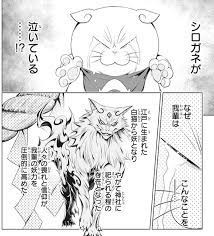
First of all, the most important attribute of this work is the "Ayakashi." Ayakashi is written in kanji as "yokai" (ghost), and is a being that does "evil" things and misleads people.
Differences between "monsters" and "shikigami"
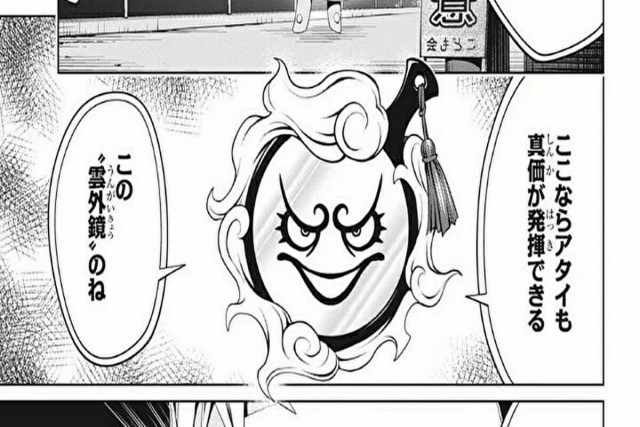
Therefore, ayakashi are not categorised by "where they came from" but by "what they do". Categorised according to their specific origins and characteristics, they are classified as "monsters" and "shikigami".
What is a ghost?
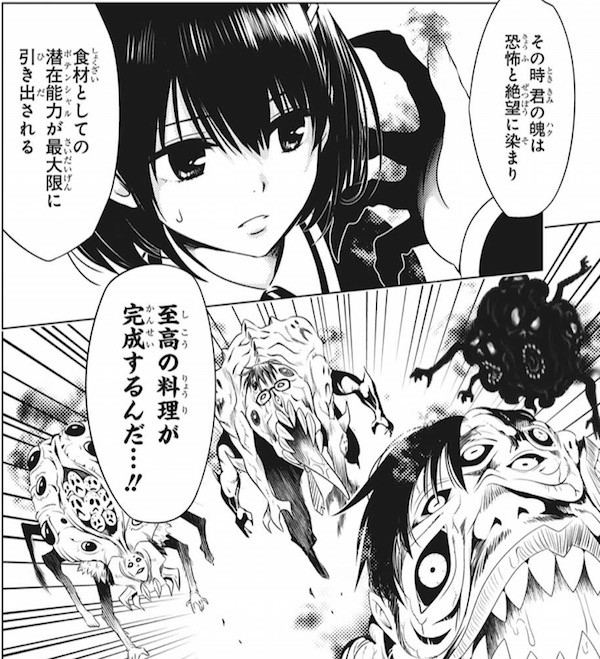
So, what kind of existence is the ghost that appears in this work? Generally, the word ghost refers to a phenomenon that cannot exist in reality, and unlike monsters, it refers to various strange phenomena. In addition, non-living things such as grudges or negative emotions that have a will are often expressed as ghosts.
What are Shikigami?
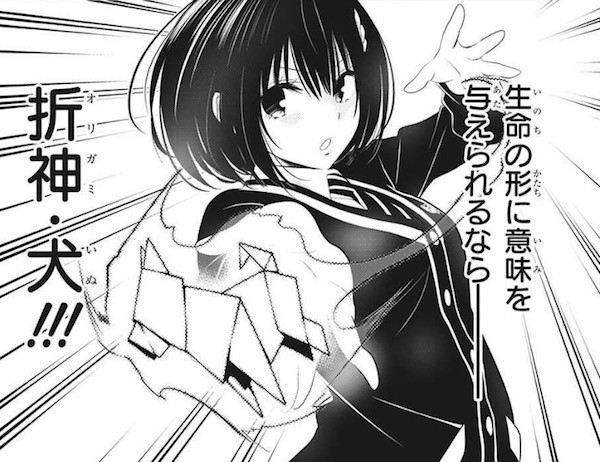
On the other hand, the Shikigami that appear in this work are servant gods that humans use for their own benefit, and are the polar opposite of "Ayakashi" that harm humans. They are mainly depicted in scenes where onmyoji are using them.
The definition of "Ayakashi" in Japan is extremely vague
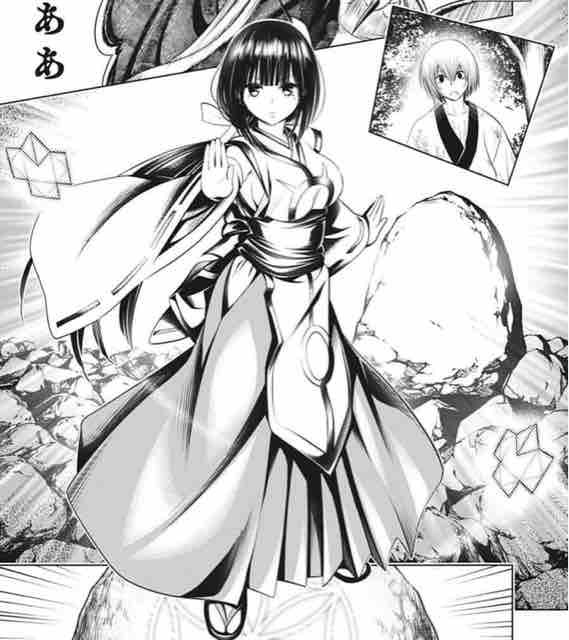
Thus, "monsters" and "shikigami" have certain characteristics as attributes, but "Ayakashi" has a very broad definition because it is an expression that focuses only on the element of misleading humans. Therefore, in this work, any entity that harms humans is basically written as "Ayakashi" whether it is a "monster" or a "shikigami".
Shrine maidens and sacrifices
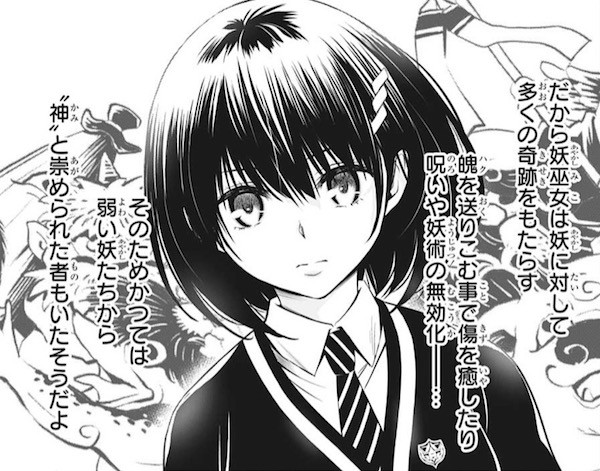
There are other attributes to pay attention to in this work besides non-humans such as "monsters". A typical example of this is the "shrine maiden" attribute of the heroine Suzu. From here, I would like to introduce in detail the "shrine maiden" that tends to be used vaguely in fiction.
The Original Role of a Shrine Maiden
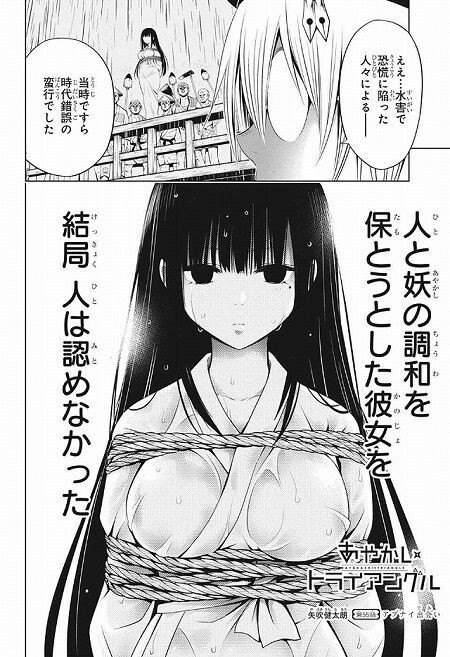
As you might imagine, shrine maidens are not "psychics who control monsters." Originally, monsters are the "eight million gods" that dwell in nature. Naturally, they are gods, so they cannot be suppressed by human power. Therefore, shrine maidens offer themselves to the gods and calm their anger. This is the original role of a shrine maiden.
Do ninjas punish ayakashi? ?
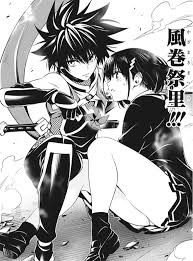
Now, from here, I would like to explain in detail the strange feeling that many readers may have had while reading this work: "Do ninjas fight monsters?" The ninjas in this work basically deal with ayakashi, and do not seem to be sneaky at all (if anything, the ayakashi are seen as being sneakier).
The original image of a ninja
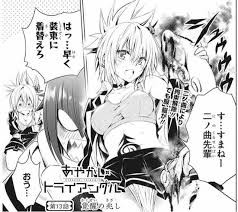
When you think of a ninja, you probably imagine them as a unit that supports the samurai and conducts intelligence activities on enemy forces. If anything, the image is that the samurai are the main characters and the ninjas are their supporters.
Is the conventional image correct in the first place?
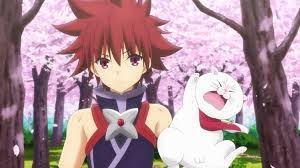
However, if you look at the history of ninjas, you will find that the role of a ninja is completely different from the image of "Ninja Hattori-kun" that everyone has in mind!
Considering the origin of ninjas
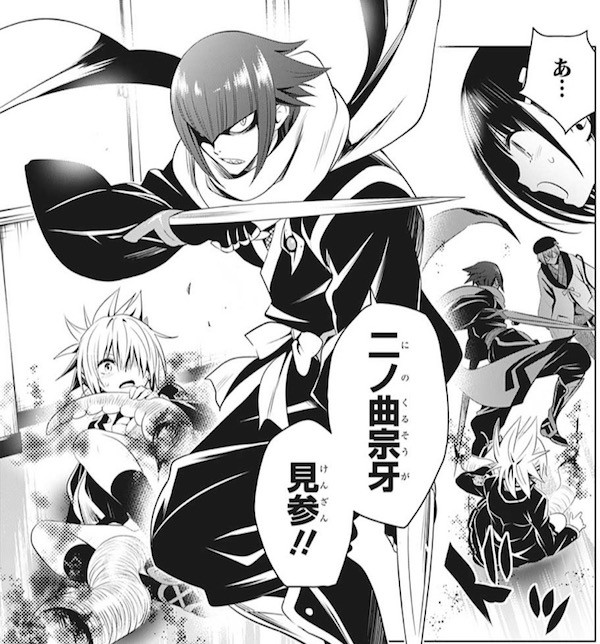
To understand the original role of a ninja, it is necessary to know the origin of the ninja. If you learn more about the changes that ninjas underwent to become the form we imagine them to be today, you may discover something new about ninjas that appear in other works!
The origin is in "Shugendo"
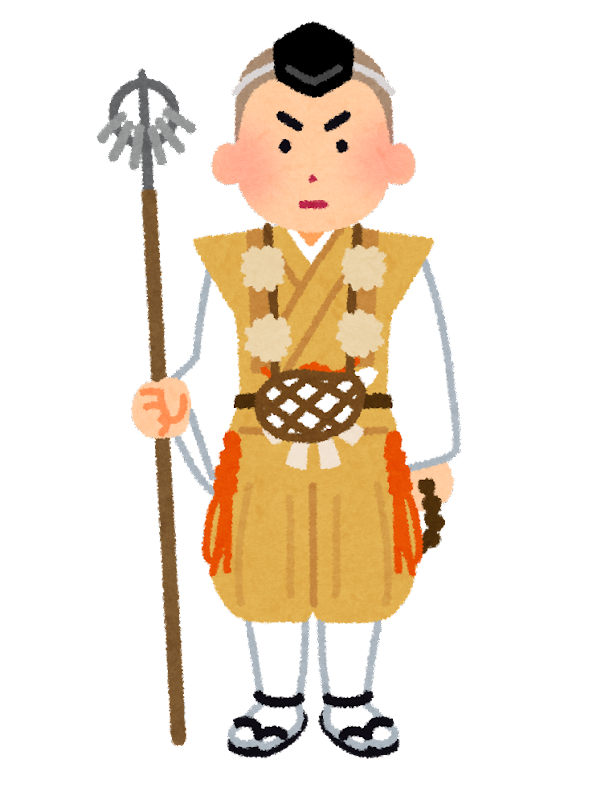
One of the roots of ninjas is thought to be the ancient Japanese mountain worship training called "Shugendo." It is said that the custom of walking through the mountains while receiving the sacred power of the many mountains in Japan eventually changed into ninjas who infiltrate other countries across borders.
Nature worship and Shugendo
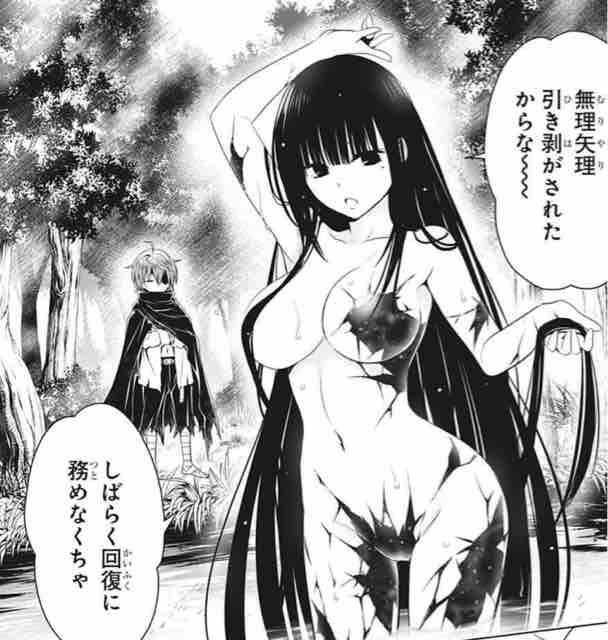
In this way, there is a strong connection between ninjas and Shugendo. Nowadays, ninjas often make hand gestures when performing techniques, but originally, the act of making hand gestures was a technique of esoteric Buddhism that was introduced from China, and in Japan, it was used by many Shugendo practitioners who were influenced by esoteric Buddhism. In this way, the origin of ninja techniques also lies in the nature worship of Shugendo.
Ninjas from the Sengoku period have a strong "military color"
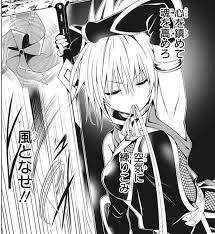
The Sengoku period can be said to be one of the turning points when such Shugendo practitioners transformed into ninjas. During the Sengoku period, wars continued all over Japan, triggered by the Onin War, and it became important to have someone who could invade other countries without arousing suspicion. In such a situation, the presence of Shugendo practitioners who could freely travel between borders under the pretext of mountain worship was great, and some Shugendo practitioners worked secretly in other countries to carry out strategic activities assigned by Sengoku daimyo rather than their own training. The ninjas of this period are the activities that we recognize as ninjas today.
Originally a mysterious entity linked to nature worship

Therefore, originally, ninjas were not primarily engaged in tactics, but were mysterious entities that combined nature worship with the magical ideas that were introduced from China. The ninja depicted in this work also have a stronger impression of this ninja way, so perhaps this is the result of focusing on the original role of the ninja?
Image of the ninja in this work
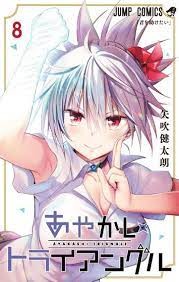
So, what kind of history did the ninja depicted in this work go through to arrive at their appearance in the story? In the afternoon, based on the basic knowledge of ninjas introduced earlier, I would like to introduce in detail the changes that the people who appear in this work have undergone.
Active as an intelligence agency from the Sengoku to Edo periods
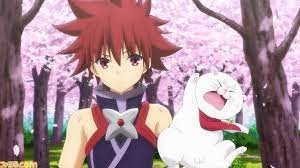
The ninjas that appear in this work were probably active as intelligence agencies from the Sengoku to Edo periods. The fact that their clothing has hardly changed from what we imagine ninjas to be from the Sengoku period is a vestige of their past activities as an intelligence agency. However, we can assume that they abandoned their role as an intelligence agency for some reason.
Returning to their original role with the end of domestic warfare

The only possible reason why ninjas stopped engaging in intelligence activities is the collapse of the feudal domain system. With the overthrow of the Tokugawa Shogunate, Japan's last military government, in the 19th century, intelligence activities were directed from within Japan to overseas. As a result, ninjas who had once been able to use various weapons, such as the Oniwabanshu, were no longer able to carry out the intelligence activities they had previously carried out. So perhaps ninjas returned to their original role of engaging in Shugendo-like activities?
The deep setting of this work
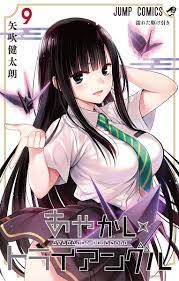
As you can see, this work has a pretty crazy setting at first glance, with ninjas fighting spirits and characters of various attributes appearing in a jumble. However, in fact, if you trace the roots of the ninja, it's not all that wrong. As you can see, this work has many fascinating and deep settings other than the ninja setting, so please dig deeper!
The pictures aren't the only attraction! !

Because the characters depicted in this work are so popular, it is difficult to focus on the setting, but please keep in mind that it is not only the story that is attractive.
Summary
What did you think? This time, we used this work "Ayashiki Triangle" to introduce the origins of ninjas in Japan and the various attributes of ayashiki. By gaining a deeper understanding of Japanese culture and settings, you can enjoy this work even more, so please do your own research.

